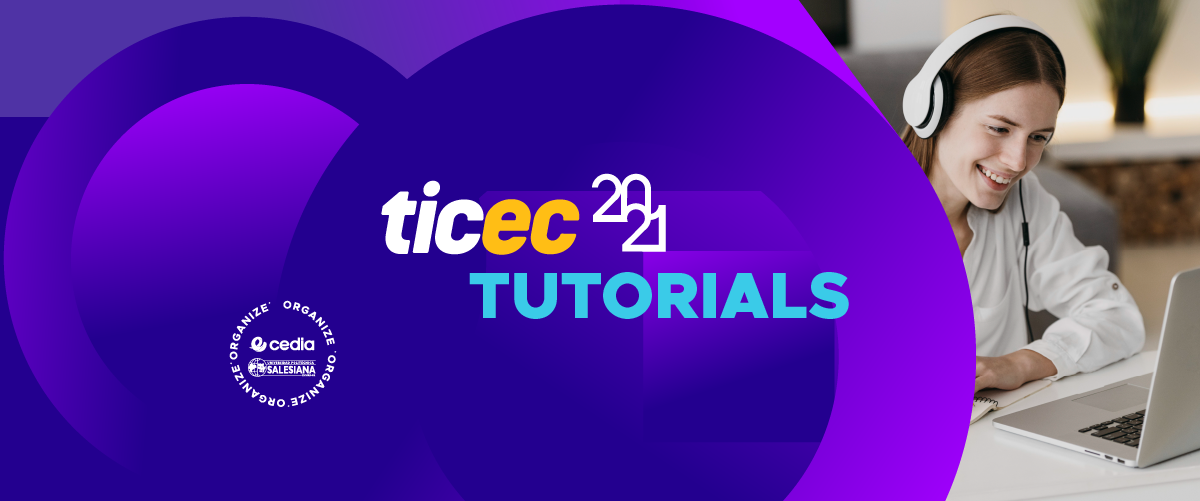
Tutorials
The tutorials are created with the objective of making visible the skills on some tool, innovative technology, use of software applications, methodology, in which the experts are able to transmit this knowledge to the research community in the congress of Information and Communication Technologies of Ecuador – TICEC 2021
TUTORIAL
Artificial Intelligence for image processing and classification in Python
Speaker:
Melissa Montalvo, MSc
ScreenPoint Medical Holanda
TUTORIAL
Text analysis in Python
Speaker:
Kevin Farinango, MSc
Infinitusmind, Ecuador
TUTORIAL
Can today’s cities be Smart Cities?
Speaker:
Andrés Gallego, MSc
Media Commerce, Ecuador
TUTORIAL
Data collection and analysis with a multidimensional mobile mapping system based on cost-effective opensource software and hardware tools
Speaker:
Bryan Saravia, MSc & Ernesto Santos, PhD
Universidad Indoamérica, Ecuador
TUTORIAL
Computer Forensics in 3 Capture The Flags or Less
Speaker:
Jorge Sánchez Freire MSc.
CrySeg, Ecuador
TUTORIAL
Web Application Hacking
Speaker:
Jennifer Yépez, MSc
Universidad Politécnica Salesiana, Ecuador
TUTORIAL
Supporting open research with MiLAB
Speaker:
Alexander Martínez & Jesús Peña
Universidad Industrial de Santander, Colombia
TUTORIAL
Augmented Reality for the study of Statics
Speaker:
Andrés Lara, MSc
Universidad Tecnológica Indoamérica, Ecuador
TUTORIAL
Industry 4.0 – Opportunities and challenges for productive development
Speaker:
Andrés Gallego, MSc
Media Commerce, Ecuador
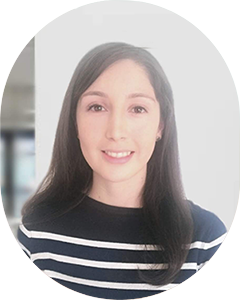
Melissa Montalvo, MSc
ScreenPoint Medical, Holanda
Artificial Intelligence for image processing and classification in Python
- Introduce the concepts of image processing and basic analytical methods that can be used on images.
- Demonstration of the use of Convolutional Neural Networks (CNN) in image classification. The algorithm will be developed in Python using relevant programming platforms and libraries in the field of artificial intelligence such as Tensorflow, Keras and OpenCV.
- Introduction and demonstration of data augmentation methods as a method to increase classification accuracy.
- Demonstration of the use of transfer learning in image classification for limited databases. The algorithm will be developed using Deep Learning tools.
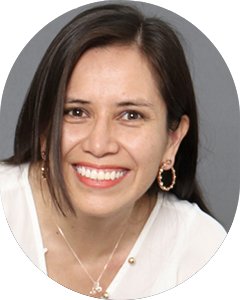
Jennifer Yépez, MSc
Universidad Politécnica Salesiana, Ecuador
Web Application Hacking
The use of tools to exploit existing vulnerabilities in websites facilitates the understanding of these vulnerabilities. Thus, the content of the proposed workshop will allow participants to implicitly understand the importance of applying good programming practices when developing web applications. Secure websites bring benefits to both the application owner and the users of the application.
In this way, the Web Application Hacking workshop will allow attendees to learn about and identify vulnerabilities that exist in web systems, applying tools to exploit these vulnerabilities.
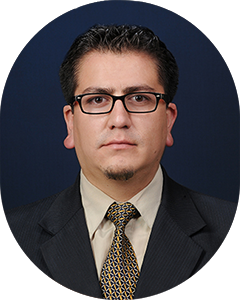
Andrés Lara, MSc
Universidad Tecnológica Indoamérica, Ecuador
Augmented Reality for the study of Statics
The aim is to share the application of augmented reality in learning the equilibrium of rigid bodies. The existing problem is that the exercises in the basic bibliographies present the 3D systems on the page of the book that in reality is only in 2D in such a way that students who have difficulty in spatial location cannot understand the graphed system. If we take these graphics to augmented reality then its aim is to motivate the student to engage in the educational trend of augmented reality and at the same time improve their learning in a visual way by being able to observe the 3D model in augmented reality.
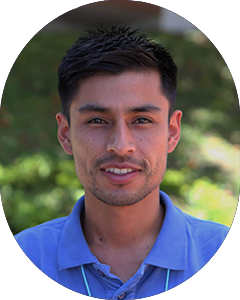

Alexander Martínez & Jesús Peña
Universidad Industrial de Santander, Colombia
Supporting open research with MiLAB
Repeatability and reproducibility of scientific results in data-driven science has been identified as a growing problem. Academic publishing is set to transform, demanding access to the data and computational applications that support the results. This workshop will take a look at the tools and especially the methodologies that support this new generation of scholarly publishing.
It seeks to reflect on the places of contact, in terms of methodologies and tools, for the research community and tools, for the research community. Open science is taken as an articulating axis and the crisis of reproducibility in science as a problem to be avoided.
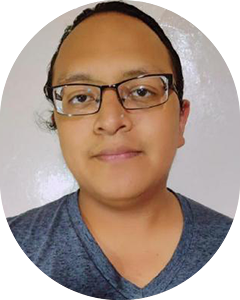
Kevin Farinango, MSc
Infinitusmind, Ecuador
Text analysis in Python
- Online environments for getting started in data science
- Data sources
- Importing data
- Data cleansing
- Process automation
- Visualisation of results
- NLP models
- Creation of technical manuals
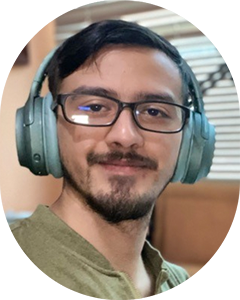
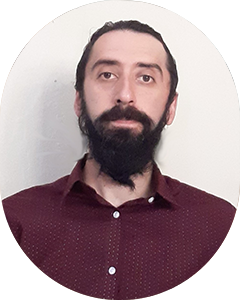
Bryan Saravia, MSc & Ernesto Santos, PhD
Universidad Indoamérica, Ecuador
Data collection and analysis with a multidimensional mobile mapping system based on cost-effective opensource software and hardware tools
The steps for the design of a mobile mapping system using single board computers (SBC) and sensors such as: 3D depth or LIDAR cameras, GPS, IMUs and environmental sensors. The design of this system aims to acquire geo-referenced data from the different sensors installed in the prototype and carried in a vehicle. The information collected is then transformed into automated learning models to explore its potential cartographic applications. Therefore, the tutorial is divided into two sections, the first one describing the development of the prototype, the calibration of its sensors, and its installation in a vehicle; and the second one describing different automated learning routines to process the collected information and derive potential cartographic products. The tests that will be performed are on two utilities: emulating the use of a sensor for data collection with a serial protocol, and making a data analysis on the data collected in the developed prototype.
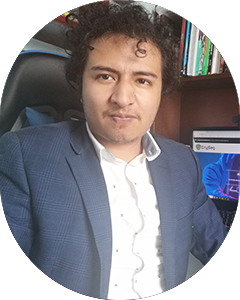
Jorge Sánchez Freire MSc.
CrySeg, Ecuador
Computer Forensics in 3 Capture The Flags or Less
The tutorial will focus on three phases to learn how to use information extraction and forensic tools:
- CTF I: An image is presented with hidden information nested one inside the other, the use of Hex Editor to determine the existence of hidden information, Cyberchef to extract the existing text strings, Binwalk to extract files and also decoding tools will be learnt, as the flag will be coded in base 64.
- CTF II: The objective is to determine information that has passed through a communications channel, for this purpose a .pcap file is given, which will be read through the wireshark tool where you will learn a little of its basic handling, how network protocols work and extraction of important information.
- CTF III: The dump of a ram memory is given, inside which there is a flag to be investigated, the volatility tool is used for this and with some information GIMP is used to verify the existence of images (if any) within simple bytes of data
The aim is to review how to obtain information from different media and the use of tools used for forensic analysis.
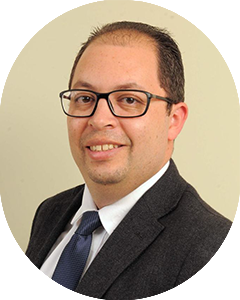
Andrés Gallego, MSc
Media Commerce, Ecuador
Can today’s cities be Smart Cities?
Learn about technology-based systems to promote economic development, sustainability, well-being and security.
Industry 4.0 – Opportunities and challenges for productive development
Thanks to Industry 4.0, productivity is likely to grow by leaps and bounds. So there is every reason to start preparing now for the work of the future.
Previous Editions
About Us
TICEC 2021 is the most important Conference on Information and Communication Technologies in Ecuador, which every year brings together more than 700 researchers, technicians, teachers, students and professionals in the areas of Science and Technology.


